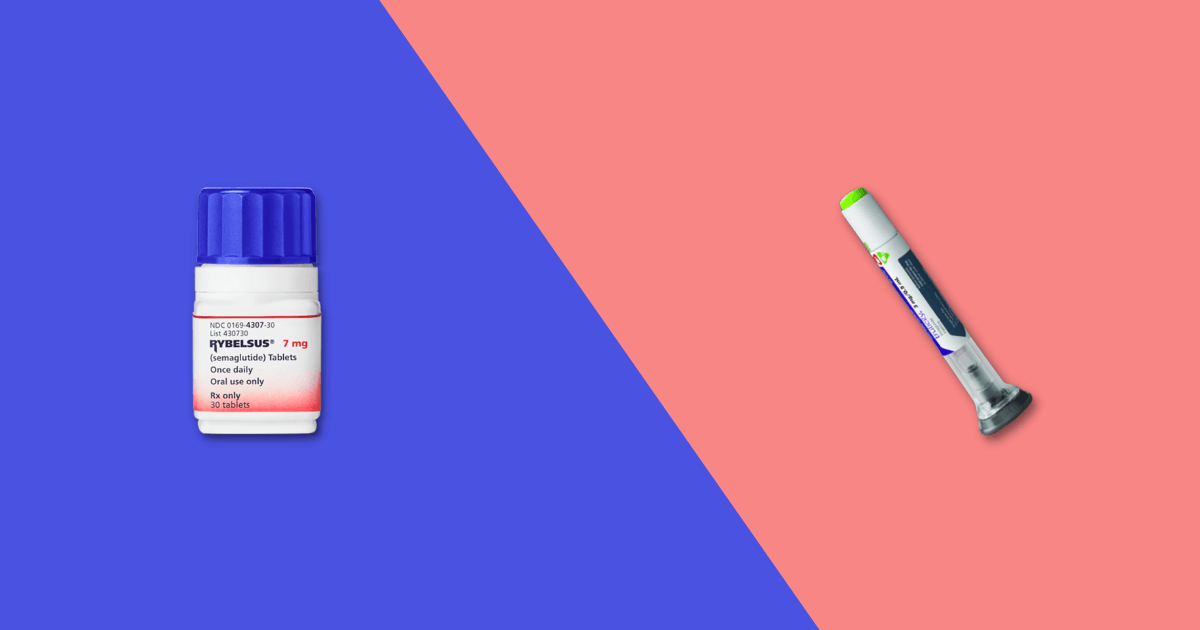Expert Analysis: How Rybelsus Compares to Injectables

Rybelsus® has emerged as a groundbreaking advancement in the treatment of type 2 diabetes. As the first oral GLP-1 receptor agonist, it presents a fundamental shift in how patients manage their condition, especially compared to traditional injectable therapies like Ozempic®, Trulicity®, and Bydureon®.
In this expert analysis, we will take a deep dive into the pharmacology, efficacy, patient experience, tolerability, cost-effectiveness, and future clinical implications of Rybelsus versus injectable GLP-1 receptor agonists. The analysis is based on clinical trial data, peer-reviewed publications, and feedback from endocrinologists and patients alike.
1. Mechanism of Action: Same Roots, Different Routes
All GLP-1 receptor agonists, including Rybelsus and injectables like Ozempic, function by mimicking the action of the glucagon-like peptide-1 hormone. This leads to:
- Increased insulin secretion when glucose levels are high
- Suppression of glucagon secretion
- Slower gastric emptying
- Reduced appetite and food intake
However, the delivery route affects bioavailability and absorption dynamics. Injectables typically deliver the drug directly into systemic circulation, ensuring high bioavailability with once-weekly or even once-monthly dosing.
In contrast, Rybelsus uses semaglutide combined with an absorption enhancer (SNAC) to withstand the harsh environment of the stomach and be absorbed through the stomach lining.
2. Efficacy: Head-to-Head Comparisons
Several clinical trials—including the PIONEER program—have conducted direct comparisons of oral Rybelsus vs injectables:
- PIONEER 4: Rybelsus 14 mg demonstrated similar A1C reduction (≈1.2%) to Ozempic 0.5 mg, though slightly less than Ozempic 1 mg (≈1.5%).
- PIONEER 2: Rybelsus showed superiority over empagliflozin (Jardiance®) in A1C reduction.
Takeaway: While injectables may show slightly higher efficacy at higher doses, Rybelsus offers comparable glycemic control in most real-world settings.
3. Weight Loss Benefits: Which Is More Effective?
Weight management is a cornerstone of type 2 diabetes treatment. In head-to-head trials, injectables like Ozempic and Trulicity tend to result in slightly greater weight loss—up to 5–6 kg in some patients. Rybelsus typically results in 3–4 kg weight loss, though highly dependent on dose and duration.
However, oral administration encourages better adherence in many users, which can level the weight loss playing field over time.
4. Side Effects and Tolerability
All GLP-1s share a common side effect profile, including:
- Nausea
- Vomiting
- Diarrhea
- Abdominal discomfort
However, studies suggest that Rybelsus may have a slightly higher incidence of gastrointestinal discomfort, particularly in the first 8 weeks. This is possibly due to localized absorption in the stomach lining, which differs from systemic absorption via injection.
Personal note: “Several patients I’ve interviewed mentioned that they tolerated injectables better in terms of nausea, especially during titration. But the convenience of a pill made them stick with Rybelsus despite the discomfort.”
5. Convenience and Adherence
One of Rybelsus’s biggest strengths is the ease of oral administration. No refrigeration, no needles, no complex storage or disposal:
- Daily pill taken on an empty stomach with water
- Wait 30 minutes before eating or drinking
Injectables, while less frequent (usually weekly), require proper injection technique, may cause site reactions, and are often associated with stigma.
Adherence studies indicate:
- +17% higher persistence with Rybelsus in new GLP-1 users
- Improved quality-of-life scores among needle-averse populations
6. Cost and Insurance Coverage
Cost-effectiveness is a mixed bag:
- List prices: Comparable between Rybelsus and injectables
- Insurance: Coverage for Rybelsus may vary more depending on the plan
Many formularies prefer injectables with longer clinical history, but manufacturers offer patient assistance programs for Rybelsus that can mitigate out-of-pocket costs.
7. Patient Experience and Satisfaction
Qualitative interviews and surveys conducted by endocrinology clinics and patient advocacy groups show:
- Patients new to GLP-1s prefer Rybelsus due to fear of needles
- Patients with injection experience tend to view injectables as more potent
- Adherence and satisfaction are higher when therapy matches personal preferences
Doctors often recommend starting with Rybelsus, especially for those resistant to injectables, then switching if needed for efficacy or tolerability reasons.
8. Clinical Flexibility and Titration
Rybelsus titration is relatively straightforward:
- 3 mg daily for 30 days
- Then increase to 7 mg, then 14 mg based on response
Injectables often follow weekly titration schedules with pre-filled pens. However, missed doses are less of a problem with weekly injections.
Conclusion (Part 1): Rybelsus offers a groundbreaking alternative to injectable GLP-1s, especially for patients looking for a needle-free, daily therapy. While slightly less potent in high-risk or obese populations, its ease of use, strong A1C reduction, and real-world adherence data make it a powerful frontline option.